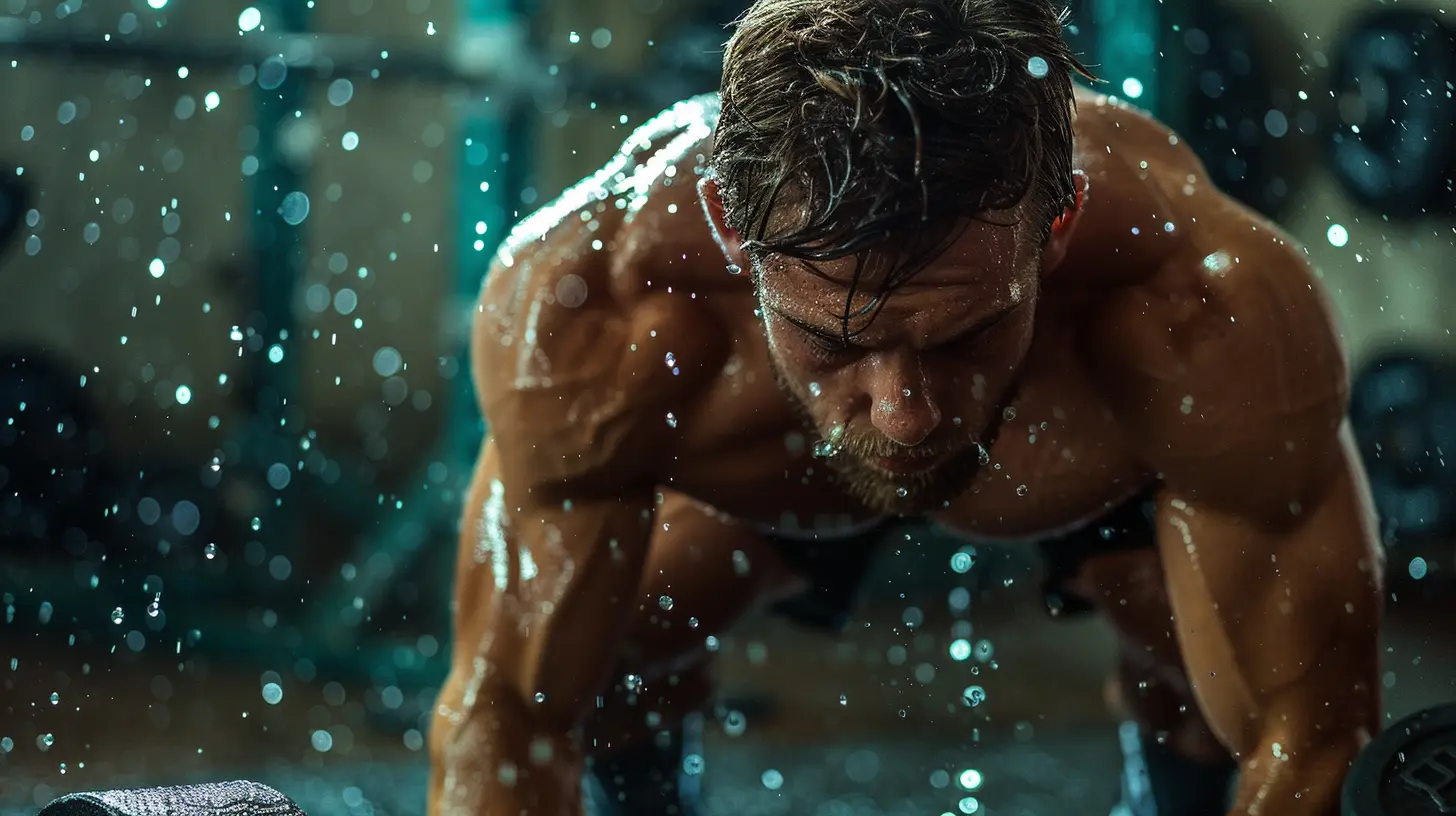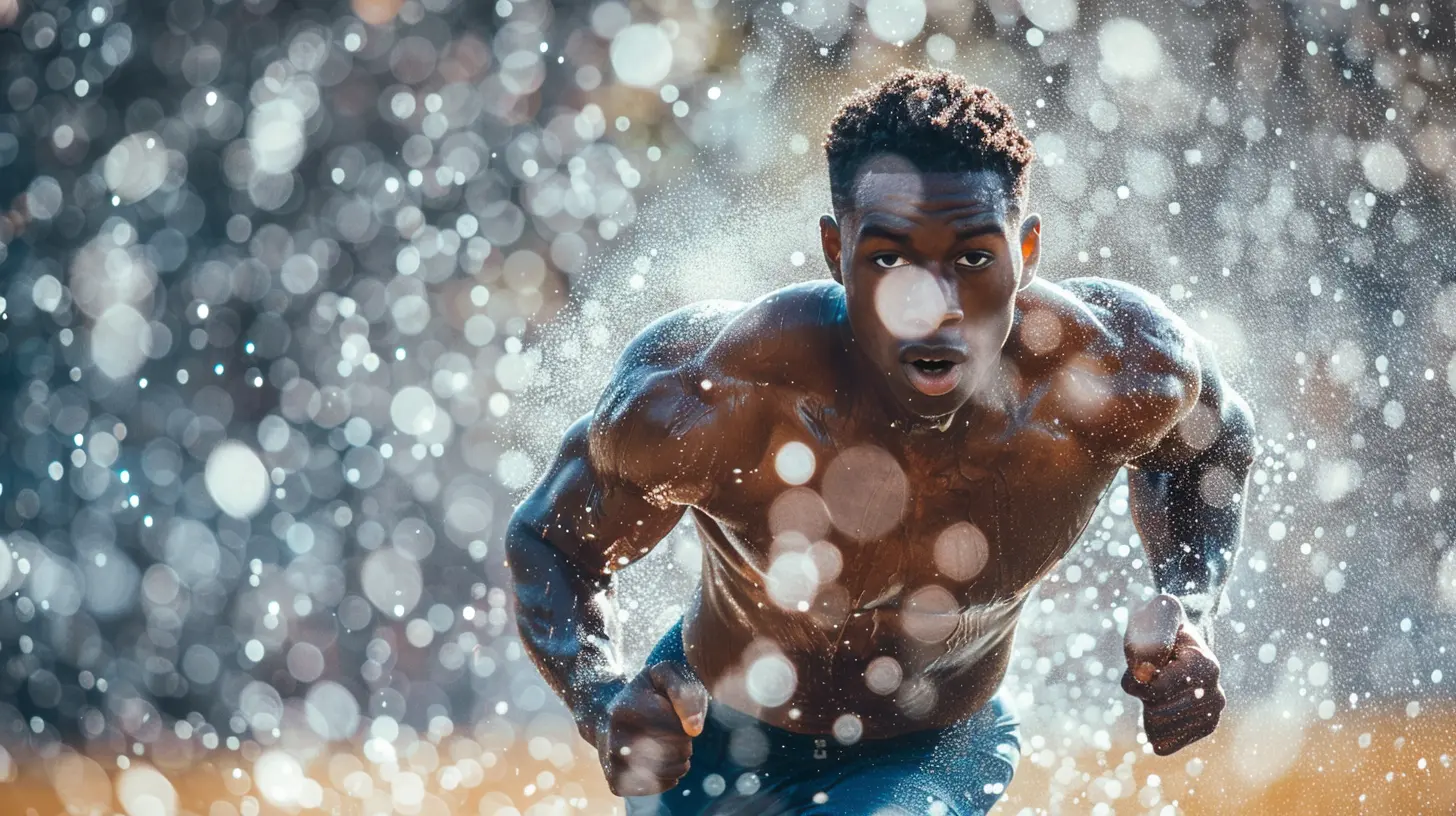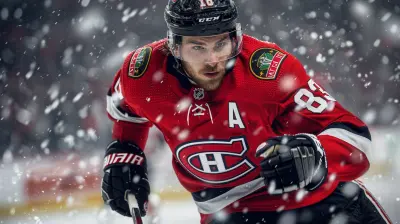The Role of Strength and Conditioning in College Athletics
16 July 2025
When you think about college sports, what comes to mind? Game-day hype, die-hard fans, or maybe that last-second buzzer-beater? But here's the thing—we often overlook the engine that keeps these athletes sharp, explosive, and injury-resistant: strength and conditioning.
It's not just about pumping iron or running laps. It’s a science. A discipline. And more importantly, it’s the secret sauce behind the athletic success you see on the field, court, or track. In this post, we're digging deep into the role of strength and conditioning in college athletics. Grab your gear—this is going to be a workout for your brain.
Why Strength and Conditioning Matters in College Sports
Let’s face it—college athletes are in a league of their own. They’re balancing classes, practices, travel, and sometimes jobs. All while trying to compete at the highest level of amateur athletics.So how do they stay on top of their game? That’s where strength and conditioning steps in.
It Builds the Foundation for Peak Performance
Athletes don’t just wake up one day with 40-inch verticals or 4.4 speed. That kind of explosive athleticism? It’s earned through months—sometimes years—of targeted training. And that’s exactly what strength and conditioning programs offer.Whether it’s developing raw strength, increasing speed, or improving agility, these programs are tailored to meet the physical demands of each specific sport.
Think of it like building a house. Without a solid foundation, even the most beautifully designed structure won't last. Strength and conditioning provide that foundation—every sprint, jump, shot, or tackle starts there.
Helps Prevent Injuries (And Keeps Athletes in the Game)
Injuries—every athlete's worst nightmare. They can derail a season or even end a career. But here’s where strength and conditioning work some real magic.These programs focus heavily on injury prevention. How? By identifying muscle imbalances, improving mobility, and strengthening stabilizer muscles, athletes are less prone to those nagging strains, tears, or overuse injuries.
Think about it: what’s better—rehabbing an injury or avoiding one in the first place?
The Role of the Strength and Conditioning Coach
Behind every elite athlete is a coach pushing them harder, smarter, and safer. In college athletics, the strength and conditioning coach is that unsung hero.Designing Sport-Specific Training Plans
You wouldn’t train a lineman the same way you train a point guard, right? Different sports require different athletic attributes. The strength coach knows this and customizes training accordingly.- Football players may focus on explosive lifts like power cleans for strength and power.
- Distance runners might prioritize endurance and efficient movement patterns.
- Basketball athletes work on vertical leap, agility, and joint stability.
These coaches are part sports scientists, part motivators, and part therapists—and trust me, athletes rely on them more than anyone else during the grind of a season.
Monitoring Progress and Holding Athletes Accountable
Every squat, sprint, and stretch is tracked. These coaches keep detailed records of performance benchmarks—max lifts, body fat percentages, sprint times—you name it.Why does this matter? Because data doesn’t lie. It helps coaches know when to push and when to pull back. Plus, progress tracking keeps athletes motivated and accountable.
Periodization: The Science Behind the Sweat
Let’s get a little nerdy for a second. Ever heard of periodization? It’s the fancy term for how strength and conditioning programs structure training over time.Breaking the Year Into Phases
A well-designed program breaks the season down into specific phases:1. Off-Season – Building strength, correcting imbalances, and improving conditioning.
2. Pre-Season – Transitioning to sport-specific drills, increasing intensity.
3. In-Season – Maintaining gains, reducing fatigue, and preventing injury.
4. Post-Season – Recovery and active rest.
This cyclical approach ensures athletes peak at just the right time—when games and championships are on the line.
It's All About Adaptation
The human body is smart. Over time, it adapts to stress. Periodization takes advantage of that by constantly changing the training stimulus—varying volume, intensity, and movement types—to keep the body guessing and improving.No boring, repetitive routines here.
Mental Toughness Starts in the Weight Room
You might think strength and conditioning is only about physical gains—but oh man, it’s so much more than that.Building Grit, Discipline, and Confidence
Ask any athlete who's woken up for 5 a.m. lifts or pushed through the last rep when everything hurt, and they’ll tell you—there’s something mental going on too.Those tough training sessions? They build grit. They build confidence. And they teach athletes how to embrace discomfort, which is half the battle in competitive sports.
Translating Physical Effort into Mental Resilience
The mindset required to consistently train, improve, and endure physically taxing workouts spills over onto the field. Athletes who are conditioned to handle physical adversity are better prepared to face mental adversity.Ever noticed how elite athletes stay cool under pressure? That’s not just talent—it’s training.
The Tools of the Trade: Technology Meets Training
Let’s talk gear. Strength and conditioning today isn’t just about free weights and sled pushes (though those are still clutch). The tech game has stepped up big time.Using Wearables and Monitoring Tools
Modern strength coaches use all kinds of tech to track everything from heart rate variability to force output.- GPS trackers monitor workload and movement patterns.
- Force plates analyze power output and balance.
- Velocity-based training tells you how fast (or slow) you're moving the weight.
This isn’t just cool data—it informs programming by giving coaches real-time feedback on how each athlete is performing and recovering.
Nutrition and Recovery Tech
Strength and conditioning doesn’t stop when the lift ends. Recovery is a huge part of the picture.- Normatec boots, cryotherapy, and massage guns help athletes bounce back faster.
- Nutrition apps and shake protocols ensure they're fueling their bodies properly.
A strong athlete is a recovered athlete.
Strength and Conditioning is for Everyone (Not Just the Stars)
It’s easy to think strength and conditioning is just for the starters or scholarship athletes. But the truth? Everyone on the roster reaps the benefits.Developing Walk-Ons into Contributors
Plenty of underdogs have turned into key contributors just by buying into the strength and conditioning program. Gaining strength, speed, and confidence can close the talent gap real quick.Creating a Culture of Work Ethic
When everyone trains together—starters, backups, redshirts—it creates a team-wide culture of effort, accountability, and improvement. And teams that train together? They win together.The Long-Term Impact: Life After College Sports
Here’s something most people don’t think about: What happens when the college career ends?Strength and conditioning leaves athletes with a lifelong gift.
Lifelong Fitness Habits
Athletes who go through structured training programs gain a deep understanding of fitness, nutrition, and wellness. That means they’re more likely to stay active and healthy even after the last whistle blows.Career Opportunities in Sports
Many athletes fall in love with the process and decide to pursue careers in strength and conditioning, exercise science, or physical therapy. It opens doors to a wide range of sports and health-related professions.Final Thoughts: It's Bigger Than Just Muscle
At the end of the day, strength and conditioning in college athletics isn’t just about lifting heavy weights or running fast. It’s about building better athletes, better teammates, and better people.It’s the behind-the-scenes work that fuels the on-field greatness. It’s the grind before the glory. And whether you’re an aspiring athlete, a coach, or just a sports junkie—we can all appreciate the power of a good training session and the relentless pursuit of better.
So next time you see an epic highlight, remember: that moment didn’t start under the bright lights—it started in the weight room.
all images in this post were generated using AI tools
Category:
College SportsAuthor:

Everett Davis
Discussion
rate this article
1 comments
Avery Newman
Oh sure, because who needs skill and strategy when you can just lift heavy stuff? Forget about game IQ—let’s just bench press our way to victory! Strength and conditioning: the secret sauce for turning college athletes into walking, talking muscle machines. Genius move!
August 4, 2025 at 12:01 PM

Everett Davis
Strength and conditioning enhance athletic performance by building a strong foundation, but skill and strategy remain crucial for success in any sport.


